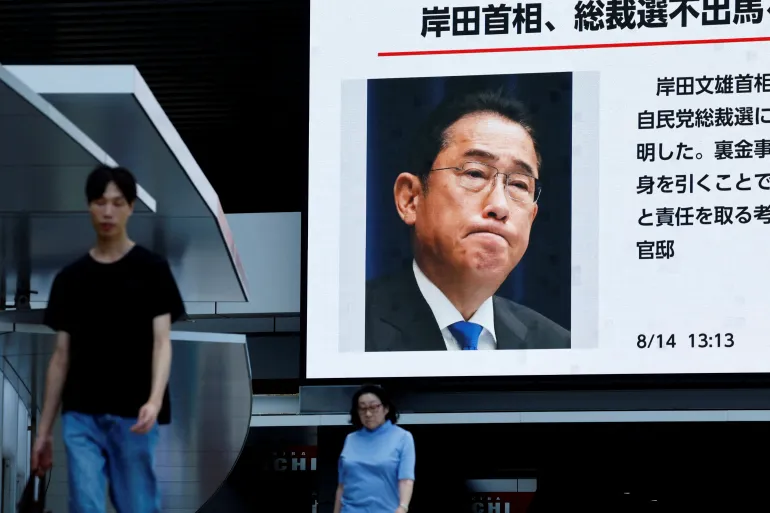Japan’s Liberal Democratic Party (LDP) is set to elect a new leader next month, marking a pivotal moment in the country’s political landscape. The race comes after Prime Minister Fumio Kishida announced his decision to step down, citing the need for a “reset” amid record-low approval ratings and corruption scandals. The contest is expected to be a generational battle between the old guard and a younger generation, with several candidates vying for the top spot.
The LDP’s leadership race will not only determine Japan’s next prime minister but also define the direction of the governing party and Japanese politics for years to come. The party has been embroiled in a corruption scandal, and the desire for change is palpable. The outcome of the race will show whether the LDP is willing to embrace reform and new leadership or stick with the status quo.
Kishida’s departure marks the end of an era, and the LDP is now at a crossroads. The party must choose between continuity and change, with the future of Japanese politics hanging in the balance. The leadership race is a chance for the LDP to reboot and reconnect with the public, but it remains to be seen whether the party is willing to take bold steps towards reform.
The candidates include former LDP secretary-general and defense minister Shigeru Ishiba, Digital Transformation Minister Taro Kono, and Environment Minister Shinjiro Koizumi, among others. Ishiba marginally leads polls, but there are no clear favorites in the crowded field. The race is unprecedented, with several candidates vying for the top spot and no factions to coordinate competition.
The LDP’s leadership race is a critical moment for Japan’s democracy, and the outcome will have far-reaching consequences. Will the party choose a new path, or will it stick with the old guard? Only time will tell.



